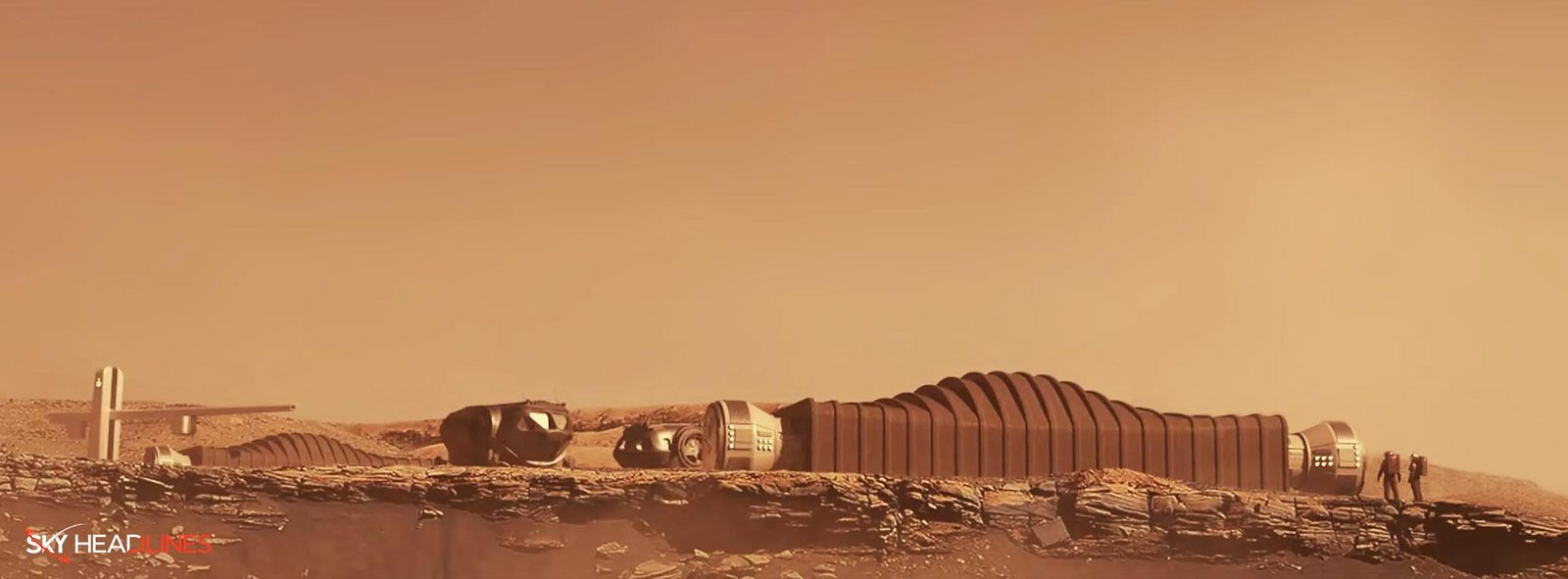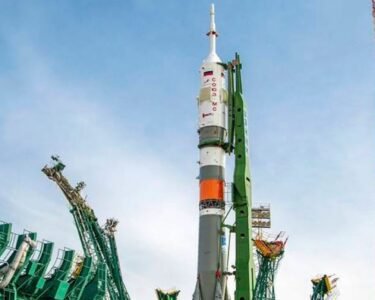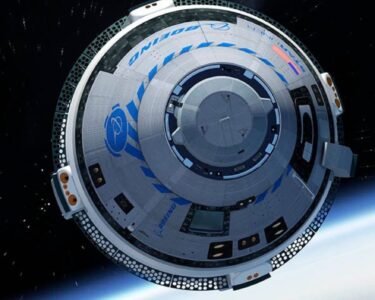NASA’s CHAPEA Project is an exciting development that will help pave the way for human exploration of Mars. The objective of the CHAPEA project is to create a simulation of a Mars habitat that can sustain long-duration space missions. To accomplish this, NASA has partnered with ICON Technology, Inc. to create a 3D-printed habitat called Mars Dune Alpha. Moreover, the structure is designed to simulate the harsh conditions of the red planet and will host three different crews for one-year missions. NASA will use the insights and information gathered during these missions. It will use to ensure the well-being and success of future astronauts living and working on Mars. This is a significant milestone for humanity’s pursuit of space exploration and a giant leap toward our ultimate goal of colonizing other planets.
So, if you don’t know about this project, don’t worry; First, you should know:
What is NASA’s CHAPEA Mars Habitat Project?
NASA’s CHAPEA (Crew Health and Performance Exploration Analog) project aims to create a 3D-printed habitat that simulates a realistic Mars habitat to support long-duration, exploration-class space missions. Architecture firm BIG (Bjarke Ingels Group) designed the Mars Dune Alpha structure. They completed it using the Vulcan construction system which spans over 1,700 square feet. It is located at Johnson Space Center, Houston, Texas. Hence it equipped itself with private crew quarters. It includes a kitchen, medical facilities, areas for recreation and fitness, workstations, crop-growing stations, and two bathrooms.

To satisfy the functional requirements of a Mars habitat, the structure’s layout is designed in a gradient of privacy, with shared recreation and living spaces between four private crew quarters, dedicated workstations, and food-growing stations. To enhance the technology readiness of multiple technology gaps related to additive construction for pressurized surface habitats. The habitat includes modular flooring and outfitting elements for the interior and Earth-brought elements like airlocks, hatches, etc a medical pass-through window.
Moreover, come to the discussion of the background:
Background:
NASA’s Human Exploration and Operations Mission Directorate (HEOMD) initiated 2020, the Crew Health and Performance Exploration Analog (CHAPEA) project. The project aimed to simulate a realistic Mars habitat that could support long-duration, exploration-class space missions. To accomplish this, ICON Technology, Inc. was awarded a subcontract through Jacobs. To deliver a 3D-printed habitat known as Mars Dune Alpha. The project was located at the Johnson Space Center in Houston, Texas. ICON utilized the innovative Vulcan construction system. It allowed them to complete a 1,700-square-foot structure designed by the renowned architecture firm Bjarke Ingels Group (BIG). The design incorporated various features to simulate a realistic Martian environment. Such as isolation from Earth, limited resources, and harsh weather conditions. The structure aimed to serve as a blueprint for designing habitats on the red planet.
Similarly, here is a point;
What is CHAPEA?
The CHAPEA project team consisted of several experts, including Calvin Glasgow and Michael Gauthier as Principle Project Managers, Bungane Mehlomakulu as MEP and Building Science Manager, Caleb Mann as Director of Build Operations, and Jason Ballard as CEO of ICON. Additionally, there were numerous ICON team members, including myself as the Director of Architecture. The architect of record was Bjarke Ingels Group, with Lead Architects Julian Ocampo Salazar and Stephanie Mauer. The engineer of record was Fort Structures. The project was a significant milestone for the exploration of Mars and represented a giant leap in humanity’s pursuit of space exploration. The CHAPEA project is anticipated to begin one-year-long analog missions in the fall of 2022. Hence, it will provide invaluable data for the development of long-duration space missions.
Also, you need to know,
What is the Mars Dune Alpha?
NASA’s CHAPEA features Mars Dune Alpha. ICON Technology, Inc. has recently completed the construction of a 3D-printed habitat known as Mars Dune Alpha. It will also serve as an analog to a realistic Mars habitat for long-duration, exploration-class space missions. The renowned architecture firm BIG (Bjarke Ingels Group) designed this habitat. He utilizes it to provide astronauts with a living and working space. And it simulates the conditions they are likely to encounter on Mars. Scientists have specially designed the layout of the Mars Dune Alpha habitat to ensure that separate areas are available for both living and working. The habitat’s interiors have been constructed to provide a realistic representation of the living conditions that astronauts can expect to encounter on Mars.
![]()
Moreover,
The primary objective of constructing a 3D-printed habitat
Moreover, the primary objective of constructing a 3D-printed habitat is to eliminate the need for large quantities of building materials to be launched on multiple flights, which is cost prohibitive. Using additive construction technology enables future space exploration settlements to be constructed using locally available resources on Mars. The Mars Dune Alpha habitat will host three crews, each consisting of four individuals and two alternates, for one-year missions. During their time in the habitat, astronomers will observe and study the crew to provide valuable insights and information for NASA. Scientists will use this information to assess NASA’s space food system and the physical and behavioral health and performance outcomes for future space missions.
The research conducted in the Mars Dune Alpha habitat will be crucial in understanding the risks and resources. Hence, it required itself to support crew health and performance during extended-duration missions on Mars. NASA also plans to use the information obtained from this project to inform risk and resource trades for future missions. It ensures the well-being and success of astronauts living and working on Mars.
Now, you probably might be wondering,
What is the purpose of CHAPEA?
The primary goal of NASA’s CHAPEA is to simulate year-long stays on the surface of Mars. Along with three different crews consisting of four individuals in the Mars Dune Alpha habitat during analog missions. To obtain the most accurate data during the analog, the scientists have designed a habitat to be as Mars-realistic as feasible. Along with environmental stressors such as resource limitations, isolation, and equipment failure, it includes significant workloads.
![]()
The analog missions provide valuable insights and information to assess NASA’s space food system. Along with physical and behavioral health, and performance outcomes for future space missions. Major crew activities during the analog may consist of simulated spacewalks. It includes virtual reality, communications, crop growth, meal preparation and consumption, exercise, hygiene activities, maintenance work, personal time, science work, and sleep. NASA will use research from the Mars Dune Alpha habitat to inform risk and resource trades to support crew health and performance. As while living on Mars during an extended mission.





